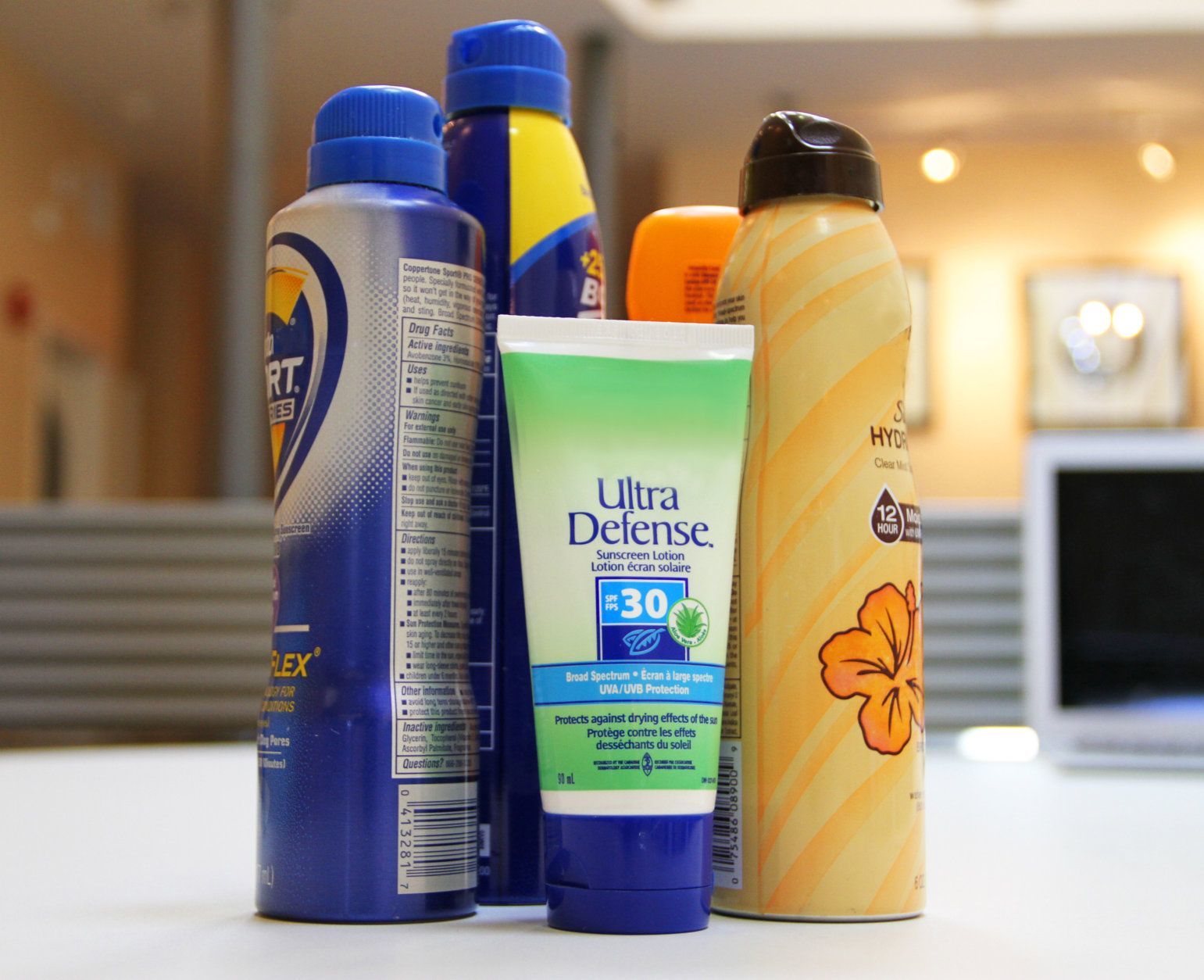
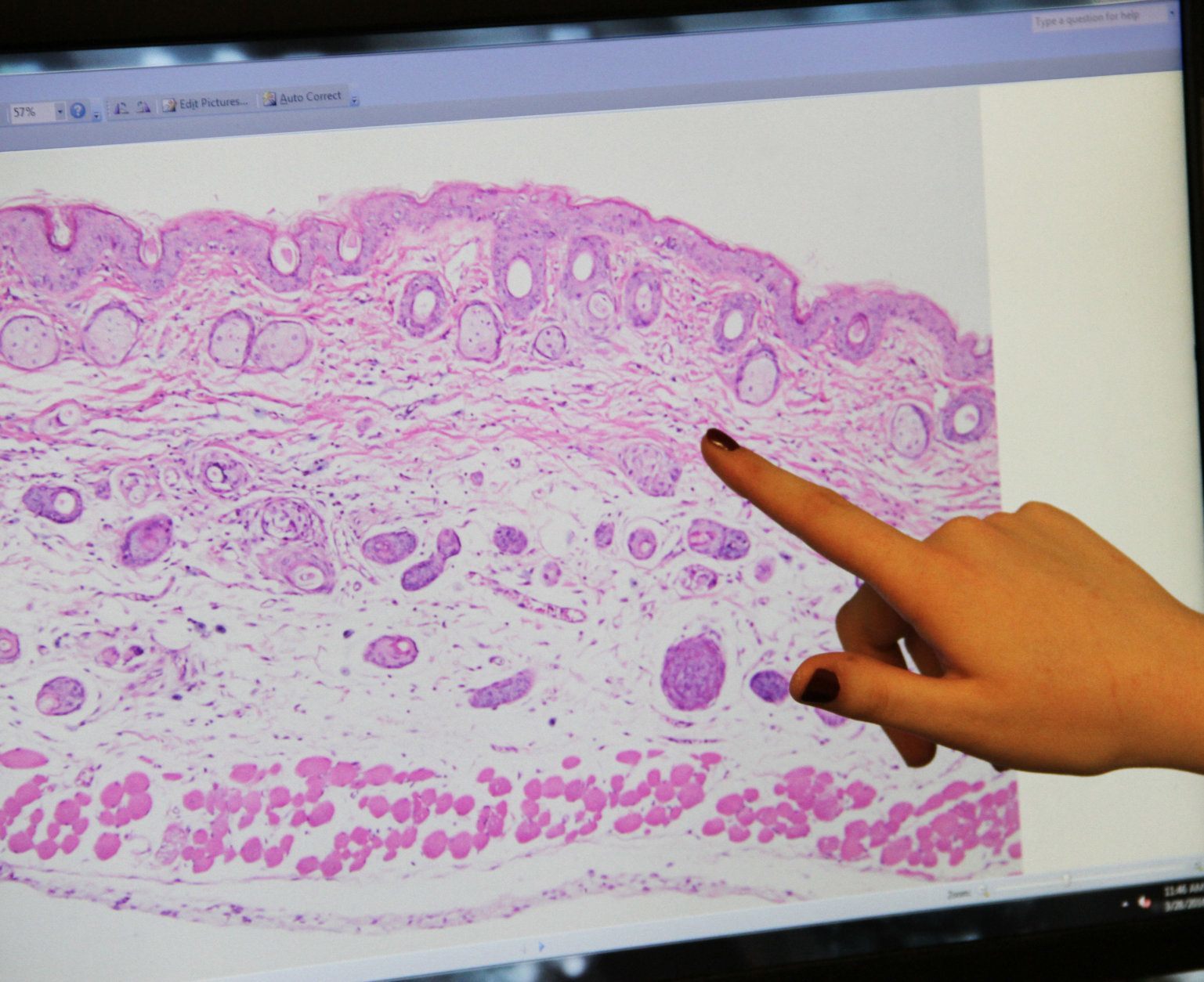
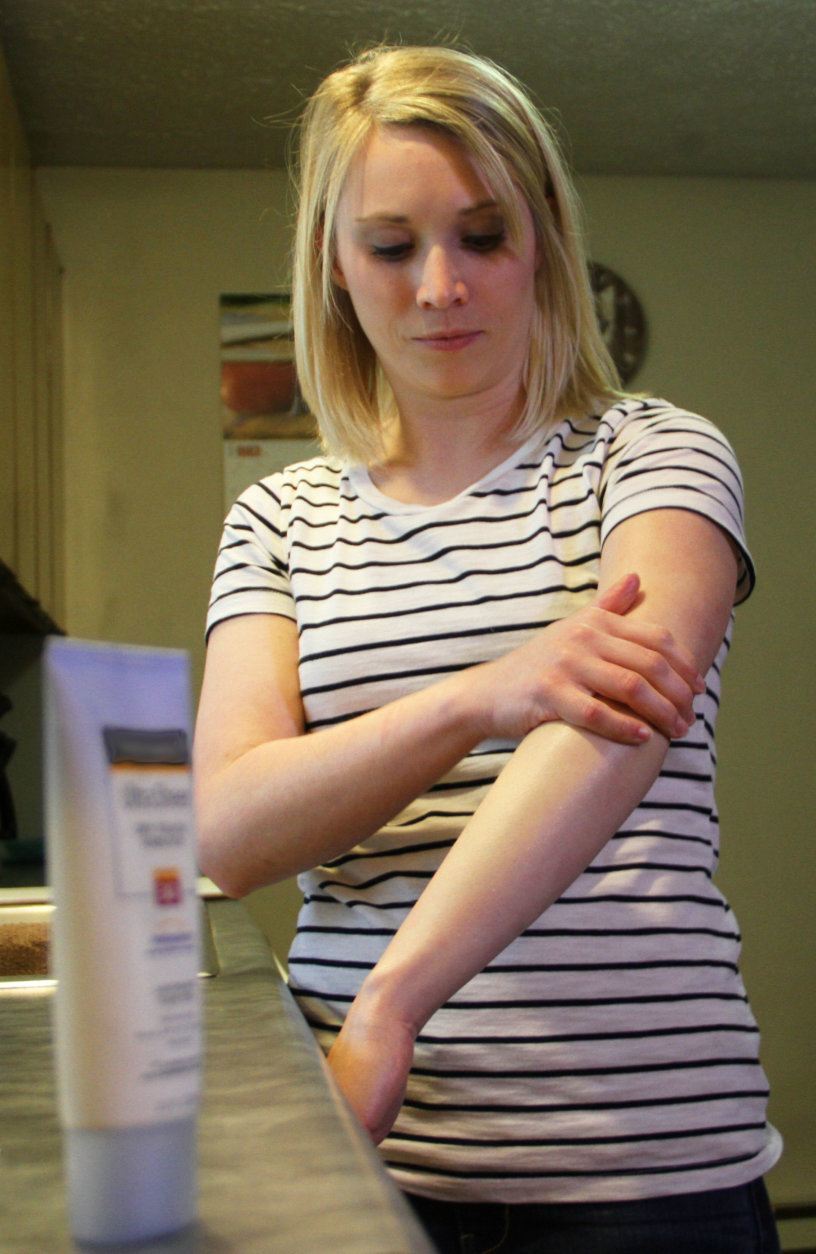
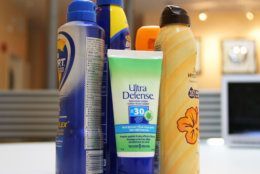
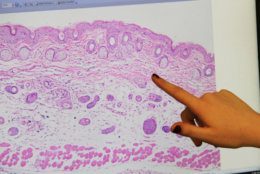
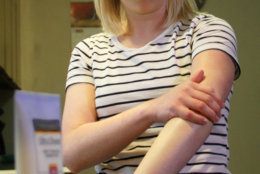
“While we don’t see it as often in people with darker skin, a lot of time when we do find it, it’s at a more advanced stage,” said Dr. Llana Pootrakul, a dermatologist at the Ohio State University Comprehensive Cancer Center.
To encourage you to pay attention and potentially detect skin cancer early, Pootrakul wants you to realize everyone can be susceptible, and regular skin checks even where the sun doesn’t shine is very important.
“We can get more rare skin cancers in areas such as the groin or the buttocks that aren’t necessarily associated with the sun, but can also be very dangerous,” Pootrakul said. “You definitely want to keep an eye on the inside of your mouth as well.”
Skin cancers can develop with only limited exposure to the sun, which could be when you’re walking back and forth between your car and home, the grocery store or the bank, she said.
“All these small exposures accumulate over time,” Pootrakul said. “And, we know that these accumulations are associated with the development of squamous-cell skin cancers.”
Treating skin cancer is more effective with early detection. The most common sign of skin cancer is a change in your skin, such as a sore that doesn’t heal, a new growth, or a change in an old growth, according to the Centers for Disease Control and Prevention
Here are the ABCDE rule for early signs of melanoma:
- A – Asymmetrical, the shape of one side doesn’t match the other.
- B – Borders. The borders are jagged or blurry.
- C – Color. Uneven color that might include shades of brown or black. And, perhaps areas of white, gray, red, pink, or blue.
- D – Diameter. Melanomas can be tiny, but most are larger than a pea and usually change in size.
- E – Evolution. The skin condition changes over time.
To help lower your chances of developing skin cancer, you can stay in the shade, cover up with a wide brim hat and long sleeves, use sunscreen and stay out of the sun between 10 a.m. and 4 p.m.
The survival rate for melanoma detected early is nearly 100%.







